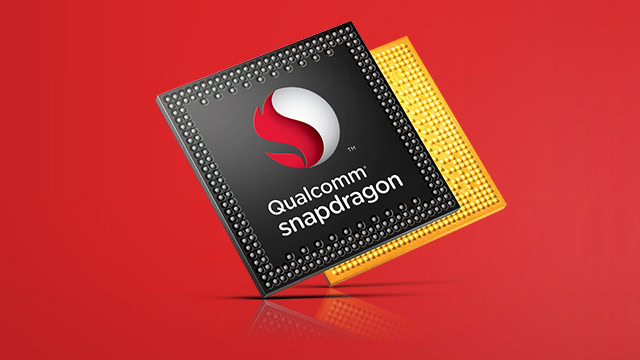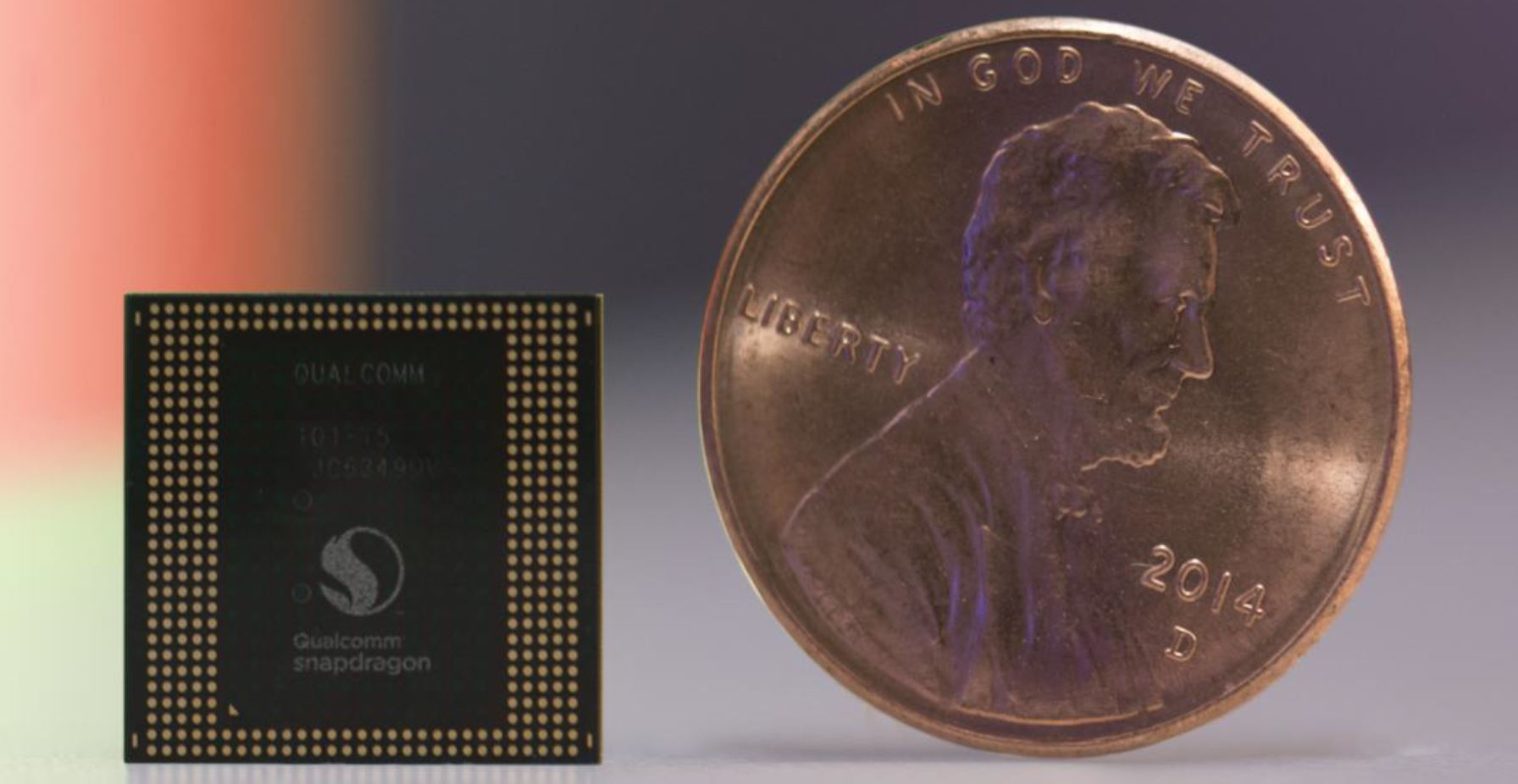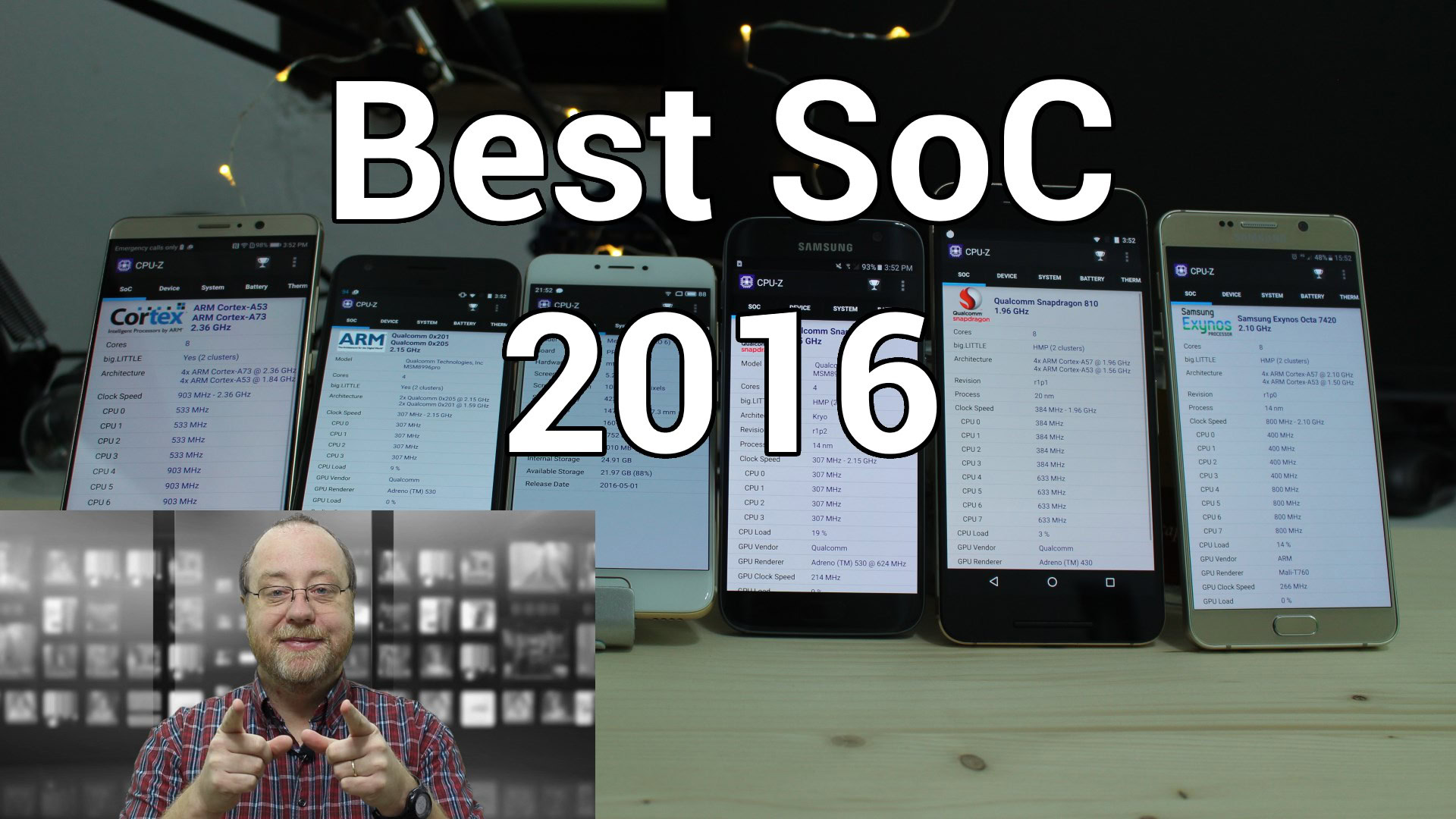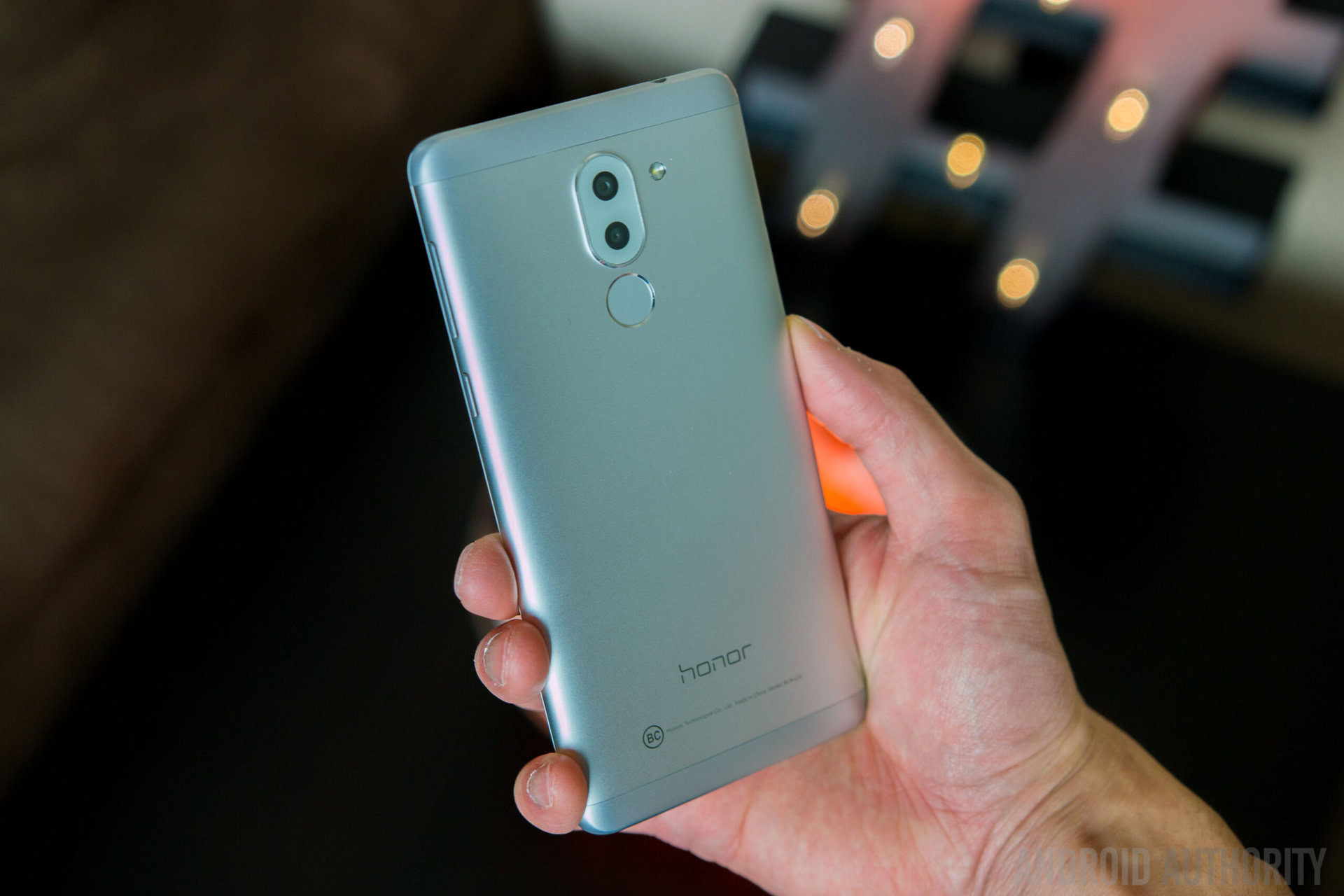Affiliate links on Android Authority may earn us a commission. Learn more.
A lack of alternatives to Qualcomm is hurting the ecosystem
Published onJanuary 25, 2017

Smartphone enthusiasts are probably eagerly awaiting the arrival of Qualcomm’s flagship Snapdragon 835 SoC, which was unveiled back at the beginning of January. However, recent revelations suggest that consumers could be in for an unexpected wait, and we’re unlikely to see an alternative manufacturer step in to fill the void given the current market conditions.
The report claiming that LG G6 won’t ship with the latest Snapdragon 835 flagship SoC is looking like bad luck for LG and a blow to consumers looking to spend their cash on the latest mobile technology. If true, this is also likely to have an impact on sales, as consumers hold out for better technology released in just a few months time. It’s not only LG facing this prospect though, HTC, Sony, and all the other manufacturers that typically make announcements early in the year look to be facing a situation where they will be using the same processor as last year for early 2017 models. On the flip side, the news may make recent Snapdragon 821 handsets like the HTC U Ultra a more attractive purchase ahead of upcoming announcements.
Historically manufacturers have started the year with flagships packing new processing technology. Unfortunately there aren't any competing processors to use as a direct alternative to the 835.
This scenario is unprecedented in modern Android history. The past few years have seen manufacturers kick start the year with flagship releases packing new processing technology. Unfortunately for these OEMs, there aren’t any competing processors to use as a direct alternative to the delayed Snapdragon 835. The choice is then either to launch with an older technology or delay their product until the 835 is ready. While many will focus on performance stagnation, using the same chip also means that handsets are bound by the same feature sets, and so camera, video, virtual reality, and other capabilities won’t be moving on either.
Samsung’s Exynos and HiSilicon’s Kirin series are the closest SoCs to the 821 and 835 in terms of performance and features, but these are primarily reserved for their maker’s own flagships and aren’t rolled off the production line in anything close to enough numbers to meet global demand. This situation is a bit of a catch-22, with manufacturers unlikely to buy up expensive foundry lines without a strong indication that OEMs will use their products, while a lack of availability means major releases can’t pick up these chips.
Meanwhile, MediaTek’s high-end X30 still seems to lack the GPU power that many have come to expect from the most expensive handsets. The SoC X30 a quad-cluster PowerVR 7XT series part, the GT7400, which will therefore be slower than the six cluster GT7600 found in 2015’s iPhone 6S. Despite a strong CPU setup, I’m not expecting this chip to top any GPU benchmarks.

This wouldn’t be the first time that a lack of alternatives to Snapdragon has put a dent in a manufacturer and the wider Android ecosystem. The Snapdragon 810 overheating saga caused a lot of image problems for a number of manufacturers, but it was the HTCOne M9 that ended up being stuck with a reputation for overheating.
The issue was certainly unfortunate, and a readily available alternative high-performance chip could have given manufacturers like HTCthe option of sidestepping the problem altogether, while also putting some financial pressure on Qualcomm to ensure that it wouldn’t be a problem again in the future. Instead, we saw some handsets, such as the LG G4, opt for the slightly less powerful Snapdragon 808, a good chip but one that was still a financial gain for Qualcomm rather than one of its competitors.
A wider range of chips on the market wouldn't just help avoid the occasional blips, it would offer manufacturers and consumers a greater range of products, with different strengths and features
Of course, a wider range of chips on the market wouldn’t just help avoid the occasional blips, it would offer manufacturers and consumers a greater range of products, with different strengths and features. We’ve seen HiSilicon lead the way with monochrome and telescope camera features in its Kirin 950 and 960, while Samsung’s Exynos range showed off the power of big.LITTLE before others caught wind. Qualcomm is currently pushing ahead with fast charging, dual camera, and virtual reality support, but it’s likely that greater competition would see new takes on these ideas too, and a faster rate of improvements.
If virtual reality really is going to be a big market for mobile in the future, a competitive SoC market may produce a chip with a focus on enhanced graphical capabilities and VR motion sensing to fill the niche. Alternatively, a SoC designed primarily around powerful ISP support could see even better dual camera zoom and image quality enhancements appear in a handset. The Snapdragon 821 and 835 are powerful jacks of all trades, but some specialization from other companies could really spice up the range of products on offer. Not only that, but a wider range of products could see chip prices fall, meaning cheaper handsets for consumers too.
Of course, we have seen a number of manufacturers attempt to provide this sort of competition in the past, before bowing out of the market. Texas Instruments’ OMAP ARM processors powered a selection of Android devices back around 2011 and 2012. More recently, Intel’s Atom processor appeared in the ASUS Zenfone 2 and NVIDIA’s Tegra range has attempted to bring graphics grunt to a small selection of products.

Unfortunately we’re unlikely to see a major breakthrough from another SoC vendor any time soon, as Qualcomm’s lucrative business model provides cash for R&D and contract negotiation leverage that smaller chip companies just don’t have. Qualcomm owns patents for a number of hugely important mobile technologies. The company earns money from every phone sale, even those that don’t use a Qualcomm chip, as 3G CDMA and 4G LTE data technologies are based primarily on the company’s IP. If your phone has a CDMA or LTE modem, even one designed and manufactured by another company, Qualcomm takes a cut.
The company does not have the same dominant IP portfolio for 4G as it does for CDMA, but it’s still the major earner for the company. For financial year 2016, Qualcomm generated a pre-tax profit of $6.5 billion from 3G and 4G royalties, compared with $1.8 billion from MSM chip sales in the same year. In other words, 85 percent of the company’s earnings before tax are created by wireless technology royalties.

This business model is not without its drawbacks through, Qualcomm has found itself under consistent pressure from regulators due to its dominant patent portfolio. At the end of 2016, Qualcomm was fined a sum of 1.03 trillion won (around $854 million) for restricting patent licensing to some of its competitors in South Korea. In 2015, the chip maker paid $1 billion to settle a similar antitrust investigation in China over its patent licensing practices. In the US, Qualcomm has also recently been charged over an anti-competitive “no license, no chips” policy, and Apple is suing the company for $1 billion in damages after Qualcomm allegedly mischarged Apple for a number of patents.
With a true competitor we might not only see more powerful handsets, but also faster technological evolution, new innovations, and a greater diversity of handsets on the market.
That being said, processor developments have been ticking along at a steady pace for Qualcomm, and the past few years have seen many significant developments in both performance and feature support. However, it’s hard not to feel that greater leaps may have been made if Qualcomm had some closer rivals, much like the situation with Intel and AMD in the PC and laptop space. With a true competitor we might not only see more powerful handsets, but also faster technological evolution, more innovation, and a greater diversity of handsets on the market.

Going back to the Forbes report, “the Snapdragon 835 won’t be available in large quantities until after the Galaxy S8 launches”. What this doesn’t make clear is whether there’s simply a supply shortage of chips which Samsung has made the best offer for, which certainly seems possible given reports of lower than expected 10nm production yields. Alternatively, Samsung may have worked out a supply guarantee as part of its manufacturing agreement, or we could even be looking at some kind of exclusivity contract.
Whatever the situation is, there’s no denying that another major player in the industry would give OEMs, and thereby consumers a wider range of options to pick from in order to help differentiate their products. Ultimately the only solution for this is for smaller SoC manufacturers to up their production capabilities and start offering competitive options to Qualcomm’s high-end chips on the open market. Just maybe, this reported Snapdragon 835 delay will spur manufacturers into action.
What do you think, would you like to see more alternatives to Qualcomm’s Snapdragon line or do you feel that things are perfect as they stand? Let us know your thoughts in the comments.